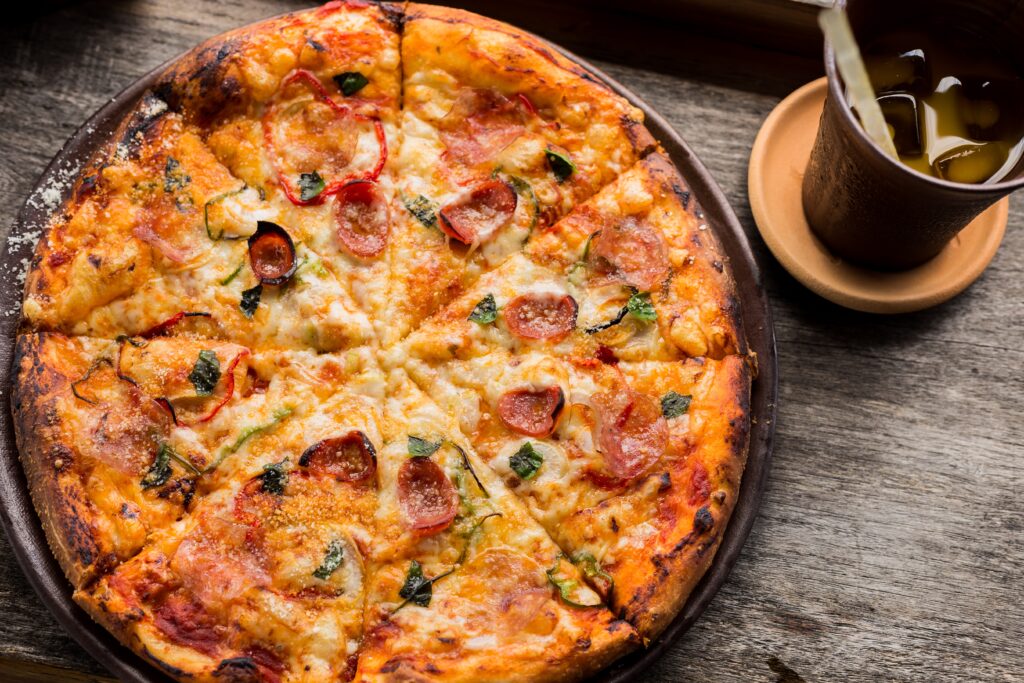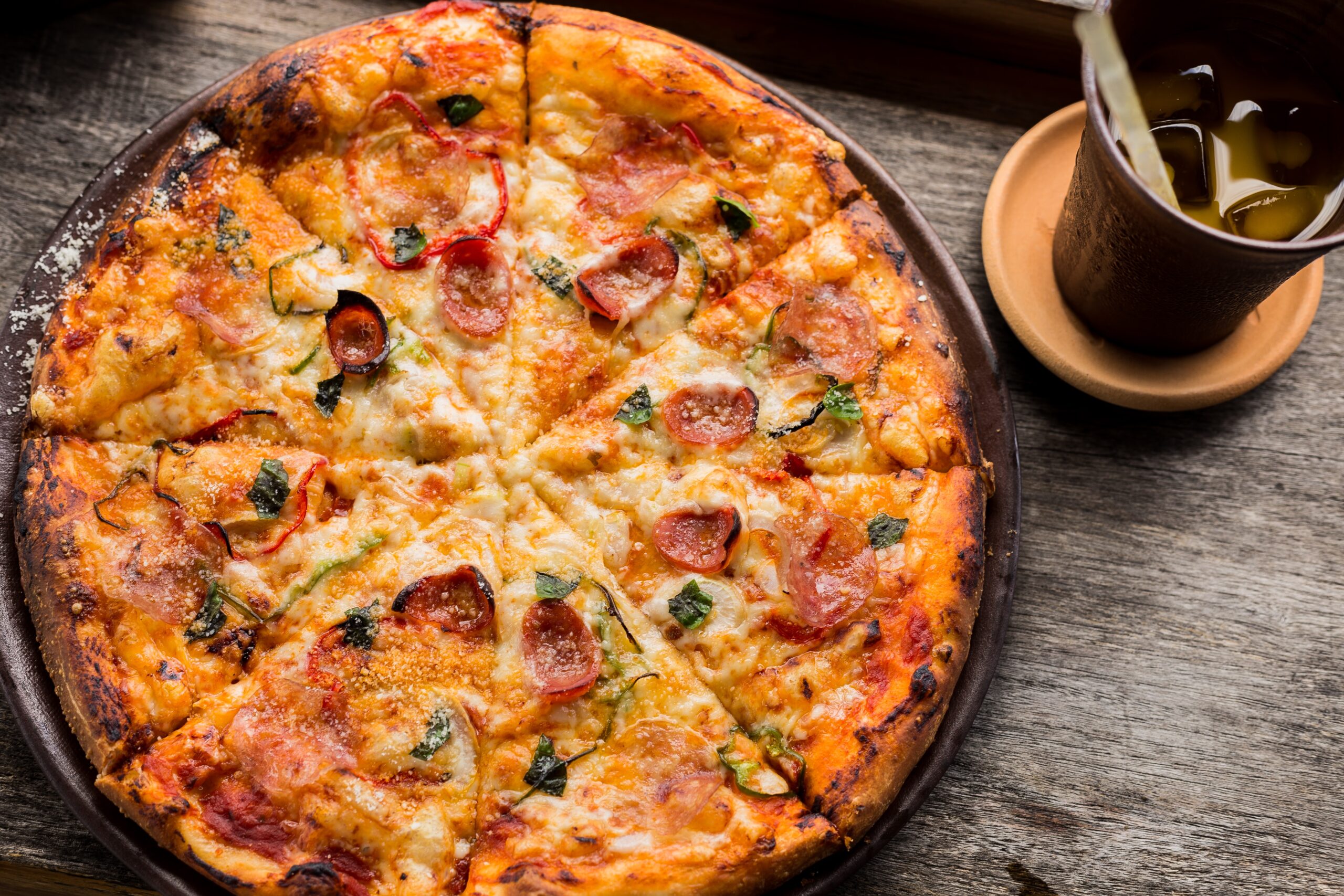Are you ready to make the perfect homemade pizza? Before you dive into the dough-making process, it’s important to know the most common mistakes to avoid. Whether it’s not letting the dough rest, not kneading it for long enough, using a rolling pin to form the dough, overloading the toppings, or not letting the pizza cook for long enough, these missteps can result in a less-than-ideal pizza. By understanding these pitfalls and following some simple tips, you’ll be well on your way to creating a delicious homemade pizza that will impress your family and friends. So, let’s get started and learn what not to do when making pizza dough.
Dough Gone Wrong: What Not to Do When Making Pizza Dough
Making pizza from scratch can be a fun and rewarding experience, but it’s important to avoid certain mistakes that can lead to less-than-perfect results. In this article, we will discuss the most common mistakes when making pizza dough and provide tips on how to avoid them.
Use this to start the best pizza dough
Not Letting the Dough Rest
One of the most crucial steps in making pizza dough is allowing it to rest or proof. Proofing is the process of allowing the dough to rise and develop flavor through fermentation. Many people are eager to move onto the next step and skip the resting time, but this can result in a hard and dense pizza base.
To properly proof your dough, set it aside in a warm environment and let it rise for the recommended amount of time. This will ensure that the yeast has enough time to leaven the dough and create a soft and pillowy texture. If you’re in a hurry, you can speed up the proofing process by placing the dough in a warmer environment. However, keep in mind that this may sacrifice some of the flavor development.
For the best results, consider proofing your dough for 24 hours in the refrigerator. This slow and cold fermentation will yield a more flavorful dough.

This image is property of images.unsplash.com.
Use this to start the best pizza dough
Not Kneading the Dough for Long Enough
Kneading is another important step in the pizza dough-making process. When you knead the dough, you are essentially rearranging the proteins to create a smoother and more elastic texture. Proper kneading will result in a dough that holds its shape and has a nice chewiness.
To achieve the perfect texture, knead the dough for around 10 to 12 minutes. This may require some physical effort, but it is necessary to develop the desired protein matrix. If you have a stand mixer with a dough hook, you can let it do the kneading for you.
To test if your dough is properly kneaded, hold it up and see if it holds its shape without sagging or oozing. You can also try poking the dough, and if it bounces back immediately, it is ready to be shaped.

This image is property of images.unsplash.com.
Using a Rolling Pin to Form the Dough
While it may be tempting to use a rolling pin to shape your pizza dough, this can actually undo all of your hard work. Rolling the dough with a pin will knock out the air bubbles that have developed during proofing, resulting in a dense and tough crust.
Instead of using a rolling pin, use your fingers to gently stretch the dough to your desired shape. It’s okay if the dough is not perfectly round; this will give it an authentic and rustic look. Just make sure that the thickness is relatively even and that it’s not too thin, as you want the crust to be able to support the toppings.

This image is property of images.unsplash.com.
Overloading Pizza Toppings
When it comes to pizza toppings, less is often more. Overloading your pizza with too many toppings can result in an uneven and soggy mess. The weight of the toppings can cause the crust to become soggy and make it difficult to take a bite.
Instead of piling on a multitude of toppings, take inspiration from traditional Italian pizzas that often feature minimal toppings. The Italians have mastered the art of balancing flavors, so following their lead can result in a delicious and well-balanced pizza.
If you’re feeling adventurous, you can also try experimenting with unique toppings and flavor combinations. This can elevate your pizza to a gourmet level and create a truly unique experience.
Not Letting the Pizza Cook for Long Enough
One common mistake when making pizza at home is not giving the pizza enough time to cook. If you’re used to heating up frozen pizzas or using pre-made pizza bases, you may be accustomed to simply melting the cheese and heating the ingredients.
However, when making pizza from scratch, it’s important to remember that the dough needs time to cook through properly. Make sure to let the pizza sit in the oven for about five minutes longer than you think is necessary. This will ensure that the dough is fully cooked and not raw in the center.
Properly cooked dough will have a crisp and golden crust, while undercooked dough will be doughy and unpleasant to eat. To test for doneness, you can tap the bottom of the crust to see if it sounds hollow. You can also use a thermometer to check the internal temperature of the dough, which should be around 200-210°F (93-99°C).
In conclusion, making pizza dough from scratch can be a fun and rewarding experience. By avoiding these common mistakes and following our tips, you can ensure that your homemade pizza turns out perfectly every time. So take your time, let the dough rest, knead it thoroughly, shape it with care, choose your toppings wisely, and give it enough time to cook. Enjoy your delicious homemade pizza!
